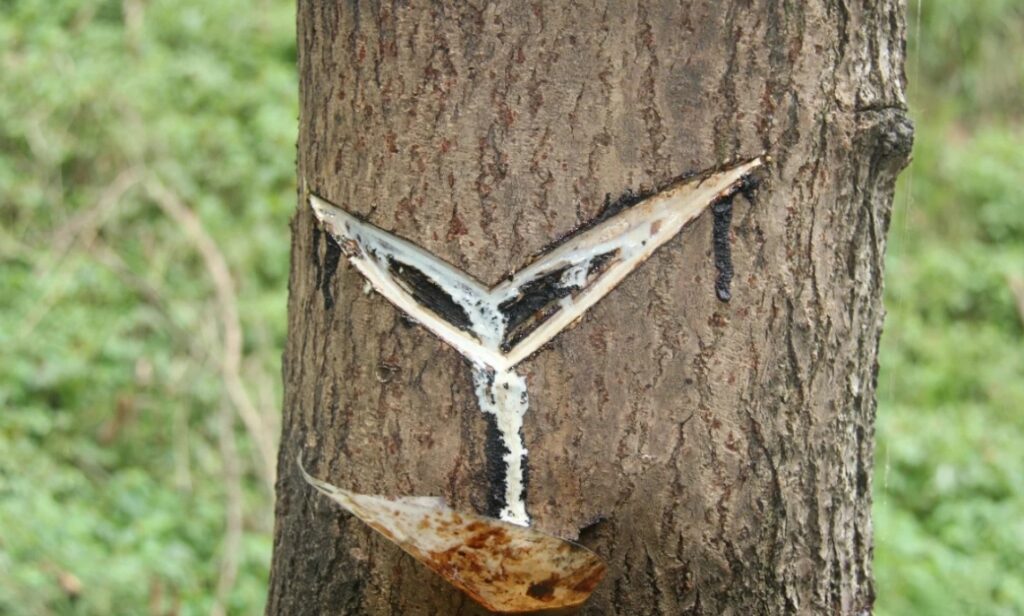Among the vast treasures of China’s cultural heritage, lacquerware craftsmanship stands out as a shining gem. Recognized as a form of intangible cultural heritage, this millennia-old art showcases the ingenuity and artistic spirit of the Chinese people. From its humble beginnings to its height of glory, lacquerware has evolved into a cultural symbol, embodying timeless beauty and profound craftsmanship.
The Origins of Lacquerware: From Nature to Art
The story of Chinese lacquerware begins over 7,000 years ago during the Neolithic Age, when early Chinese discovered the unique properties of lacquer sap. Extracted from the lacquer tree (Toxicodendron vernicifluum), this natural resin was originally used to coat and protect everyday utensils.

As techniques advanced, lacquerware transcended functionality to become a medium for artistic expression and cultural symbolism. By the Shang and Zhou dynasties, lacquered items served ceremonial purposes, appearing in rituals and adorning musical instruments. These items symbolized not only social status but also a deep reverence for the divine.
The Warring States period (475–221 BCE) through the Han dynasty (206 BCE–220 CE) marked a golden age for lacquerware. Complex techniques flourished, producing exquisitely decorated items, as evidenced by archaeological finds in Hubei’s Jiangling and Hunan’s Mawangdui tombs. From intricately designed bowls and plates to opulent coffins adorned with mythical creatures, these artifacts reflect the pinnacle of ancient craftsmanship and their integral role in Chinese life.

The Craftsmanship Behind Lacquerware
The making of lacquerware is an intricate and labor-intensive process requiring exceptional skill and patience. The art involves several critical stages, each contributing to the final masterpie
Harvesting Lacquer Sap
Lacquer sap, the lifeblood of this craft, is painstakingly harvested during the summer months. Artisans cut precise V-shaped grooves in the tree trunks, allowing the sap to flow. This process requires experience and care, as each tree yields only a few hundred grams of sap annually. The harvested sap undergoes filtration to remove impurities, readying it for application.

Creating the Core
The base, or “core,” of lacquerware is crafted from durable materials such as wood, bamboo, leather, or metal. Wood is the most common choice, with nanmu and camphor being prized for their resilience. Artisans carve and shape the core into various forms—bowls, boxes, trays, and even larger furniture pieces—before treating it to ensure it is ready for lacquering.

Applying Lacquer Layers
Lacquering is the essence of this craft. Multiple thin layers—sometimes exceeding 100—are painstakingly applied, with each layer allowed to dry and harden naturally. Between applications, artisans sand the surface to ensure smoothness. This meticulous layering process creates a finish that is both lustrous and durable, capable of lasting for centuries.

Artistic Decoration
The decorative stage showcases the creativity and skill of the craftsman.
Painting: Using pigments derived from minerals or plants, artists paint intricate designs inspired by mythology, history, and nature. These motifs vary by region and era, ranging from the bold patterns of the Warring States period to the refined depictions of the Ming and Qing dynasties.
Inlay Work: Precious materials such as gold, silver, jade, and mother-of-pearl are meticulously embedded into lacquered surfaces, creating dazzling visual effects. The shimmering patterns of mother-of-pearl evoke scenes of a starry sky or rippling water.
Carving: Techniques like low relief, high relief, and openwork bring three-dimensional elements to lacquerware. Designs range from delicate floral patterns to dramatic mythical scenes.

The Unique Beauty of Chinese Lacquerware
Vibrant and Enduring Colors Raw lacquer naturally exhibits a deep brown or black hue. However, by blending it with pigments, artisans achieve vibrant shades of red, green, gold, and blue. Red and black dominate traditional lacquerware, symbolizing prosperity and solemnity respectively. One of lacquer’s most remarkable features is its ability to retain its colors over centuries, as seen in ancient artifacts that still shine today.

Exquisite Decoration Techniques
The beauty of lacquerware lies in its intricate decoration:
Painting: Motifs like dragons, phoenixes, and cranes carry deep cultural meanings, representing power, harmony, and longevity.
Inlay: Embedded materials create a stunning interplay of light and texture, elevating lacquerware into a luxury art form.
Carving: Elaborate carvings add depth and dimension, transforming lacquered items into three-dimensional masterpieces.
Challenges Facing Lacquerware in the Modern Era

Despite its rich heritage, Chinese lacquerware faces significant challenges today:
Mass Production: Modern industrial paints and materials have largely replaced traditional lacquer in daily-use items.
Decline in Artisanship: The craft’s labor-intensive process and lengthy apprenticeship have deterred younger generations, leading to a shortage of skilled artisans.
Efforts to Revitalize Lacquerware
Official Recognition: As part of China’s intangible cultural heritage list, lacquerware benefits from government funding and policies aimed at its preservation.
Education and Training: Art schools and vocational institutions now offer programs that combine traditional techniques with contemporary design concepts, attracting new talent to the field.

Modern Adaptation: Contemporary lacquerware is finding new life in products like jewelry, furniture, and cultural souvenirs that cater to modern tastes.
A Timeless Craft for the Future
Chinese lacquerware is more than an art form—it is a symbol of cultural resilience and artistic brilliance. Its meticulous craftsmanship and timeless beauty have captivated admirers for thousands of years, and its story continues to unfold.

Today, through efforts by artisans, institutions, and the government, lacquerware is being reimagined for a modern audience while preserving its traditional essence. This fusion of heritage and innovation ensures that lacquerware remains a vital part of China’s cultural identity, ready to shine on the global stage.
By appreciating and supporting this craft, we contribute to the preservation of an art form that embodies the depth of Chinese civilization, ensuring its legacy endures for generations to come.







